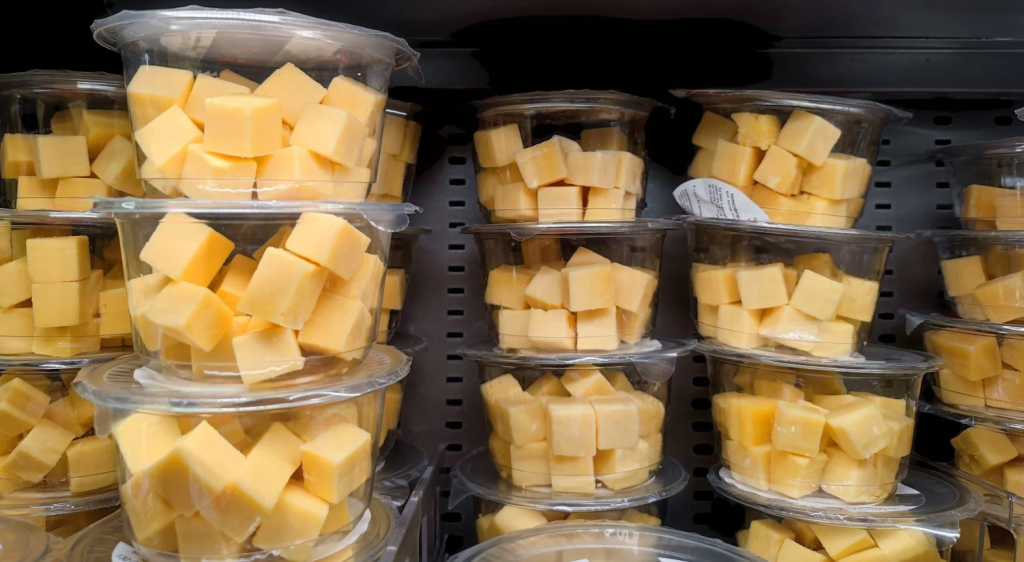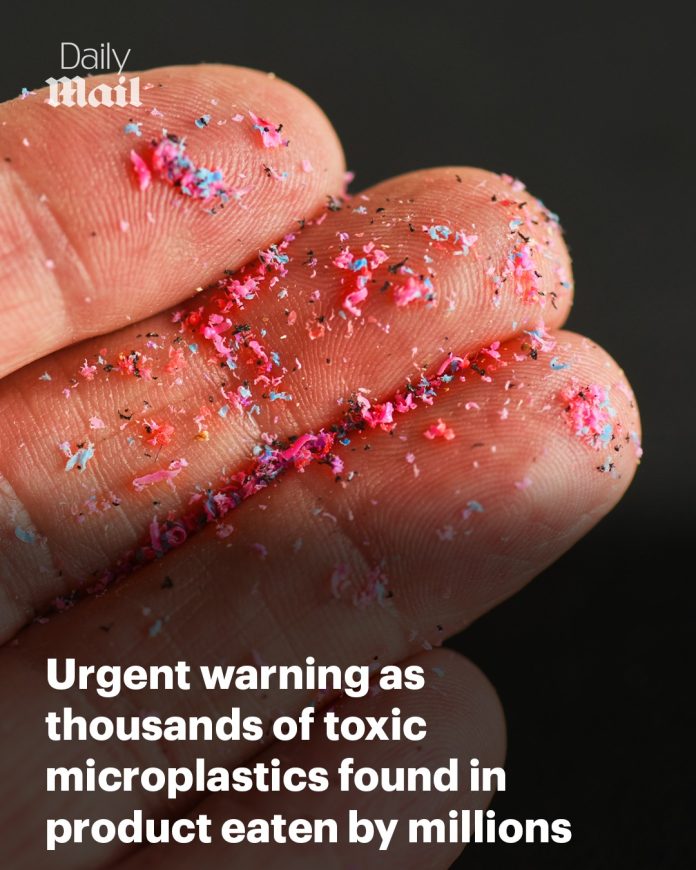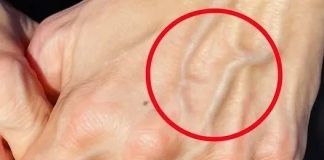Cheese lovers everywhere may want to take note—new research has revealed startling levels of microplastics in a wide variety of dairy products, including cheeses. This unexpected discovery has raised serious questions about food safety, production practices, and how much plastic we might unknowingly be consuming every day.
A recent joint study by researchers in Europe uncovered that certain types of cheese can contain up to 1,857 microplastic particles per kilogram, far exceeding levels found in bottled water. Even fresh cheeses showed elevated levels, averaging around 1,280 particles per kilogram, while milk itself wasn’t immune, measuring approximately 350 microplastic pieces per kilogram. These findings are concerning because plastic, even in tiny amounts, isn’t meant to be ingested and may have long-term consequences for health.

Investigators point to multiple possible sources within the dairy production process. Some contamination seems to originate from filtration systems used during production—many of which contain synthetic fibers. Additionally, machinery components that are made from plastic may shed particles over time. Packaging further increases the risk, especially when cheese is wrapped in plastic films or stored in plastic containers for extended periods. Essentially, with so many points of contact, it’s easy to see how trace amounts of microplastics could enter the final product.
Although research on health effects is in its early stages, there are reasons to be cautious. Microplastics have been detected in human tissues, and some animal studies suggest they can cause inflammation, cellular stress, and even hormonal disruption. And while eating cheese isn’t the sole culprit, regular consumption means these microplastics could accumulate over a lifetime.
It’s important to recognize that while one meal is unlikely to cause noticeable harm, consistent low-level exposure could be concerning—especially for vulnerable groups like children, pregnant women, or individuals with pre-existing health issues.
Cheese producers are now under growing pressure to overhaul their manufacturing processes. Potential solutions include switching to non-plastic filtration materials, retrofitting equipment with more durable, non-fragmenting parts, and reducing the use of plastic in packaging by moving toward paper-based or reusable container systems.
Consumers, too, can take steps to reduce microplastic intake:
- Buy fresh or artisanal cheeses that use minimal packaging.
- Look for labels indicating eco-friendly or plastic-free packaging.
- Support brands committed to reducing plastic use in their supply chains.
- Store cheese in glass or wax wraps instead of plastic to minimize additional exposure at home.

This isn’t an isolated issue—studies have documented microplastics in a range of foods, from seafood and bottled water to beer and salt. Cheese appears to mirror a troubling trend: plastics are pervasive, sneaking into our diets through multiple avenues. Even something as nurturing as milk can carry hidden plastic baggage.
The science community is calling for expanded research to trace contamination pathways more precisely and to understand potential health impacts. They’re advocating for stricter manufacturing standards and stronger regulatory oversight. For consumers, awareness is key—it’s not about fear, but informed choices.
The revelation of high microplastic levels in cheese is more than a strange curiosity—it’s a wake-up call. While cheese itself remains a beloved, nutritious food, this issue highlights how modern industrial practices can introduce unseen contaminants. Until the food industry addresses the root causes, being mindful about packaging choices and supporting sustainable brands can help reduce your microplastic intake. Cheese isn’t going away, but the way we make and consume it might just have to improve.

















